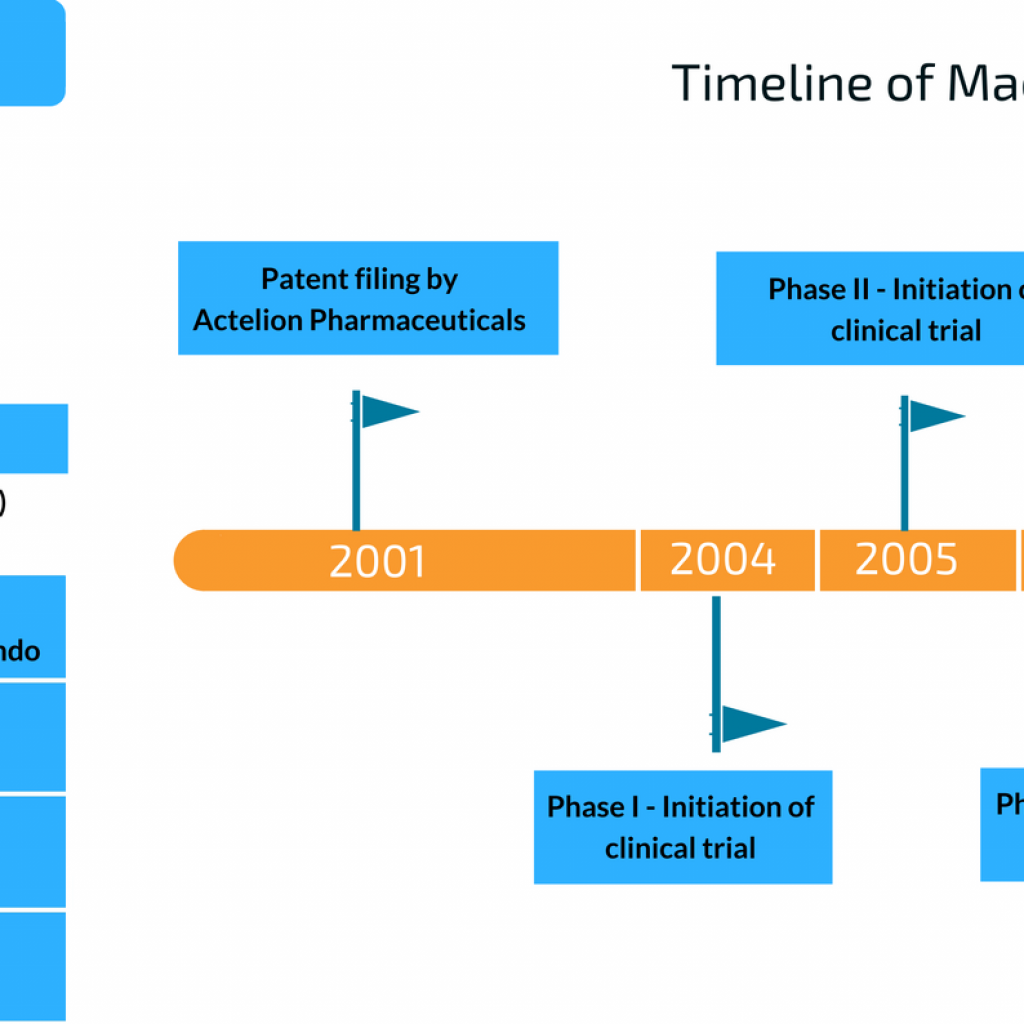Have you ever thought how much does a single patent actually cost? Of course, it’s easy to calculate the average filing and maintenance cost of a patent but here I’m discussing the actual cost incurred to a company for inventing something and then getting it protected.
An invention is a result of several hours and resources spent on a research. A better research leads to a better invention which when presented in a patent with strong claims, provides greater commercialization opportunities. Further, conducting meaningful and better research is the reason why companies allocate several billion for research and development activities.
It’s imperative for an IP counsel, R&D team and stakeholders to check, in comparison to their competitors, if their activities in conjunction are giving them better returns or not.
An R&D head would like to compare, for example, whether the money they spent on R&D activity led to a meaningful invention or not? The IP counsel would like to check whether he was able to get the captured inventions to give the shape of a patent or not. Stakeholders would like to know if they are spending more or less on R&D than competitors, and if that’s leading to better or same the same results.
Finding answers of such questions help an organization formulate actionable strategies to have an edge. For example, if after spending equivalent amount of R&D, an organization is lacking in patent filings, some tweaks definitely are needed in the way they are researching and filing patents.
Circling back to my first question “How much does a patent actually cost to a company?” let’s read ahead to get the answers –
We have been covering Digital Oilfield Technology domain for quite some time and have also figured out the patent filing activities of top players of this space. Thus, I’ve focused my research on the top players of the DOF so that the article becomes easy for you to comprehend as you will have the data to see their patenting activities.
The top five players of Digital Oil Field technology are:
- Halliburton
- Schlumberger
- Baker Hughes
- Sinopec
- Exxon Mobil
How We Calculated the Actual Cost Per Patent
To calculate the actual patent filing cost per patent for the top five companies of Digital Oilfields, we used the following methodology:
Let’s consider the total patent filed by a company as “P”, and the total R&D spending as “R”.
Similarly, let’s say “P1” is total patents filed by a company in digital oilfield domain, and “R1” is the money spent on R&D of DOF. Let’s say “C” is the average cost of a patent.
Hence, the cost of a single patent (C) = R/P
Total R&D spent on filing patents in digital oil field (R1) = C* P1
The Patent Filing Cost of Top Digital Oil Field Companies
The table below represents the patent filing by the top five companies of digital oilfields during the past 4 years. Please note that the table provides their entire patent filing (P) in past 4 years.

The table below represents the total R&D spending (R) spending of these companies during the past 4 years.
 The table below represents the number of patents filed by the top five companies in the domain of digital oilfield technologies (P1).
The table below represents the number of patents filed by the top five companies in the domain of digital oilfield technologies (P1).

The table below represents the R&D spending by these companies on digital oilfield technologies (R1). To calculate the cost we divided the total R&D spending by the total patents filed and then multiplied the result with the total patents filed in the Digital oilfield domain.

 The table above shows that Sinopec spent almost half the amount spent by Exxon Mobil but filed 5 times more patents than Exxon Mobil. Also, Sinopec has better revenue than Exxon Mobile.
The table above shows that Sinopec spent almost half the amount spent by Exxon Mobil but filed 5 times more patents than Exxon Mobil. Also, Sinopec has better revenue than Exxon Mobile.
The table below represents the average actual cost per patent filed in the domain of digital oilfields by the top five company of the domain:

What Kind of Insights Such an Analysis Reveals?
We understand that such calculations are not straightforward as money gets spent in a lot of other areas. So, we are trying to look at this by simplifying few things. Yes, one can dive deep to bring how much money was spent in actual research, operation and other activities on the surface, but before diving deep, we want to have some reasons to dive deep. This analysis serves that purpose.
The table above represents huge variation in cost per patent. A single patent costs nearly 2.5 times to Exxon Mobil than to Schlumberger.
You can also see that Schlumberger, Sinopec, and Exxon Mobil spend nearly same amount on Research and Development. The difference, however, is in the number of patents obtained. Sinopec, for example, has almost 10K patents in Oilfield domain while Schlumberger stays at 3.5K and Exxon Mobil at just 1.1K. These players have spent almost same amount on their R&D but witnessed a totally different returns.
Halliburton still dominates the Digital Oilfield Domain as they have spent much less than Schlumberger (in their total R&D spending) and have received much more patents.
Schlumberger is losing its edge in DOF as their R&D spending is much higher in this domain and they aren’t even leading now like they did before. Their individual patent cost is almost double than that of Halliburton.
Another fact revealed here is, entering in Digital Oilfield Domain is much of a task for new players as research cost here are touching sky and competition is quite aggressive.
What Kind of Actions You Can Take
Once you are done with the comparative analysis and know your position with respect to your competitors, depending upon the results, followings are the steps you can take:
- You can formulate new strategies for your R&D team which may include changing the area where they were researching before.
- You can implement a process that helps the IP team capture and convert the maximum of the ideas generated by your R&D team into patents.
- There could be a case that members of your R&D team are confused regarding what can be patented; you can direct your IP team to make them aware of that.
- The IP team may be receiving multiple rejections during an office action or maybe using a prosecution strategy which may be increasing the patent filing cost; you can find that out and tweak the process.
Authored By: Shabaz Khan, Senior Research Analyst











